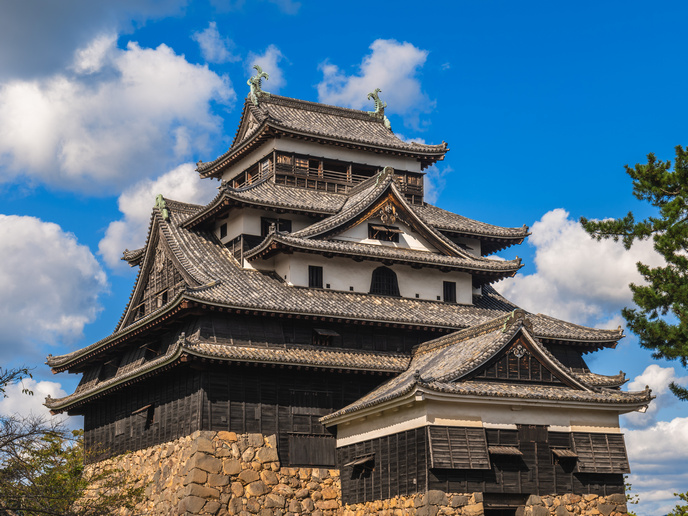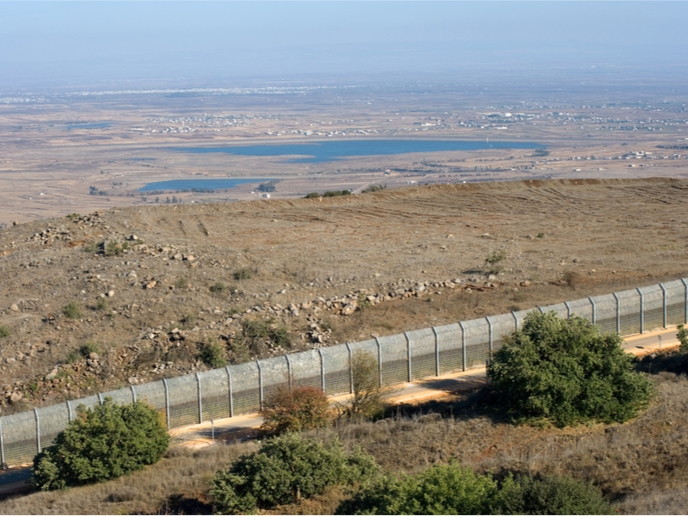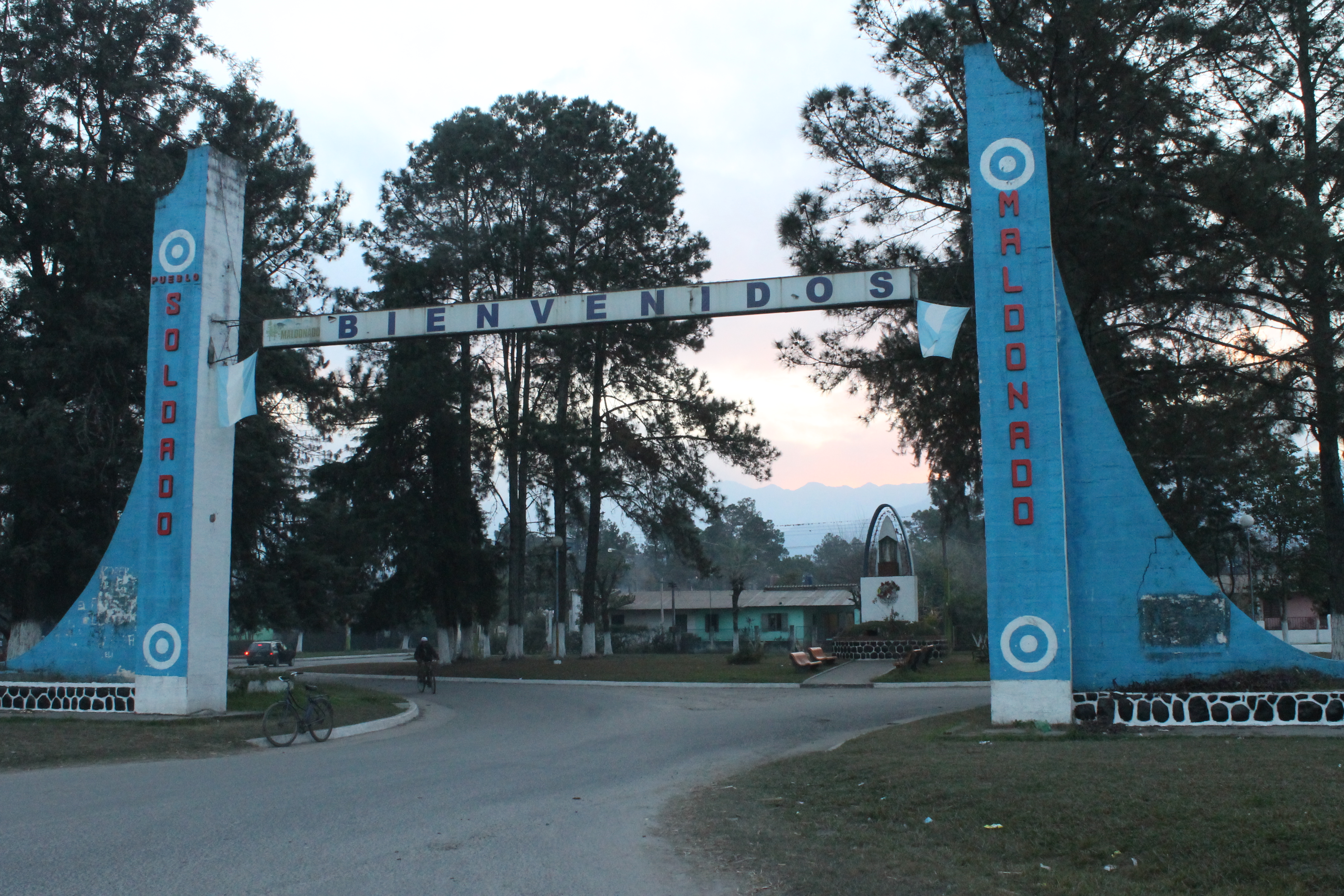Explaining Japan’s image in the far-right imagination
How exactly did representations of Japan become integral to elements of far-right ideologies? The EU-funded YTOPIA(opens in new window) project sought to tackle this question by analysing how Japan was portrayed in Nazi Germany and Fascist Italy during the middle of the 20th century. In particular, the project delved into the utopian dimension of certain representations of Japan, which became the projection for the values and political aspirations of the European far right.
Issues related to collective identifications
Funded by the Marie Skłodowska-Curie Actions(opens in new window) programme, YTOPIA brought together supervisor Toshio Miyake from the University of Venice(opens in new window) in Italy, and Marie Curie fellow Nicola Bassoni. “I am a specialist in Orientalism and Occidentalism, specifically representations of the so-called West in Asia, and representations of the so-called East in Europe, most specifically Italy,” explains Miyake. “I’m interested in issues related to collective identifications.” Miyake was the recipient of Marie Curie fellowship in 2011 for a project called BETWATE. This particular project focused on mutual discourses and practices regarding ‘Japan’ and ‘the East’ in Italy and regarding ‘Italy’ and the ‘West’ in Japan. In 2022, Miyake was approached by Bassoni, a historian specialised in Nazi Germany and geopolitics in the first half of the 20th century. “Nicola saw connections between Italy and Japan as well, and wanted to understand this fascination,” says Miyake.
Far right ideologies and ‘utopia’
The project brought Bassoni to Venice, where Miyake was doing work on Orientalism. The project intermingled different perspectives on history, culture and postcolonialism. In particular, Bassoni was interested in the inherent contradiction in far-right ideologies idealising a ‘utopia’. While these ideas prioritise nationalism and self-identity, they also turn to other places that might inspire and address what they see as shortcomings in their own civilisations. To this end, Japan was often idealised as an ‘authentic’, ‘traditional’ and ‘homogeneous’ country. The project enabled Bassoni to spend time at the University of Konstanz in Germany as well as Kyoto Sangyo University in Japan. This allowed him to learn the language, have access to primary sources, and work with local researchers. Bassoni studied the development of German and Italian images of Japan in the interwar period, comparing and contrasting the cultural, social and political characterisations of Japan that they conveyed.
Challenges and contradictions of modernity
A key benefit of the Marie Curie project was that it enabled Bassoni to build up an international network of academics and researchers. The project successfully brought together people who had not previously been connected. The project also has resonance for today. “The present is not the same as the past,” remarks Miyake. “But we can see many things that did happen happening again.” Miyake believes that the persistent recurrence of utopia in different forms of post-fascism could tell us about the challenges and contradictions of societies adapting to modernity. He points out the inherent tension between internationalisation in the modern world and the need for national identities and myths. “We perhaps need a larger reflection about how identity formation is created.”







